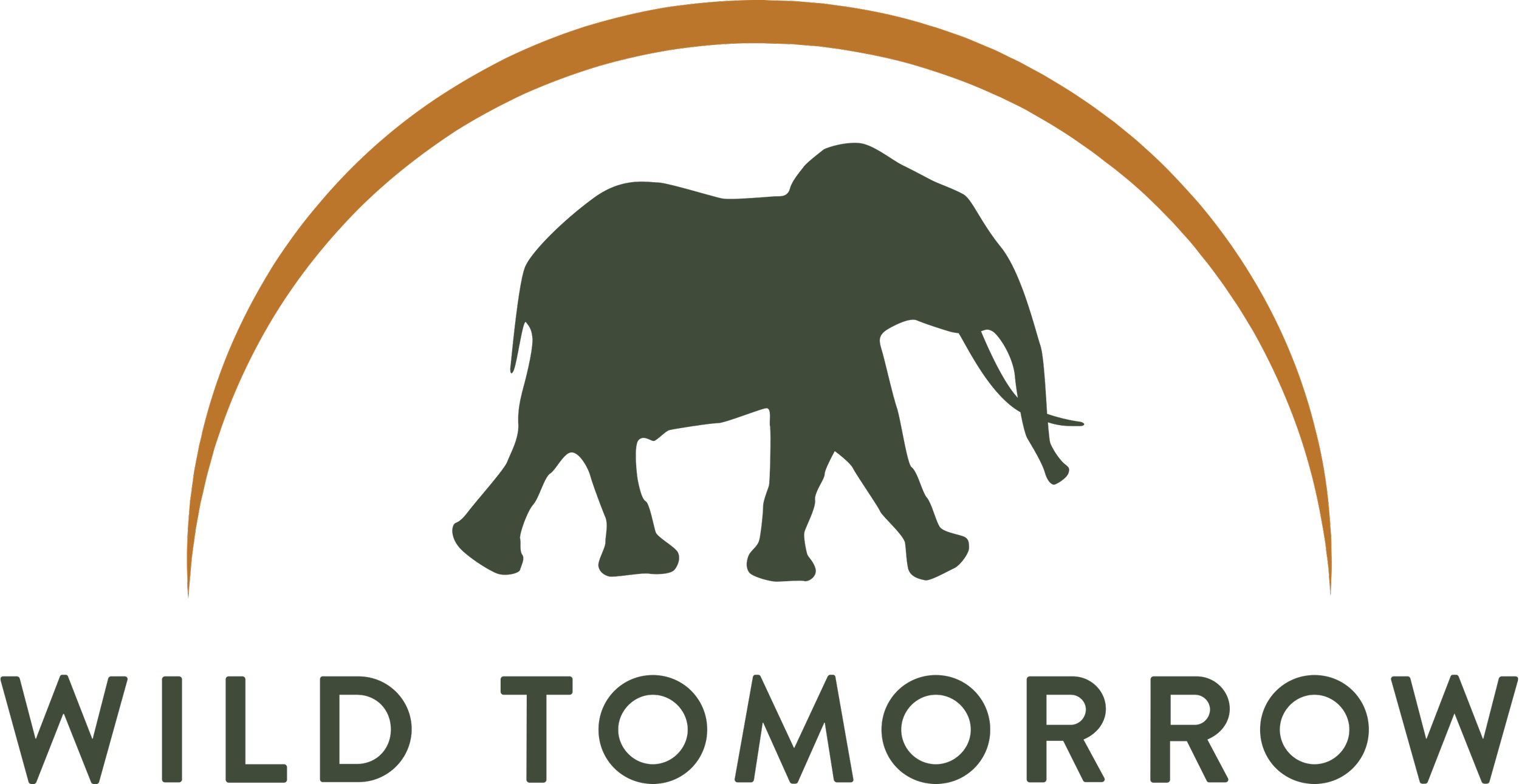FOR A WILD TOMORROW: AWARD-WINNING FILM HIGHLIGHTS WILD TOMORROW’S WORK
Art as Air, a visionary filmmaking duo, embarked on a journey of discovery to South Africa in April 2023 to capture the essence of Wild Tomorrow's vital wildlife conservation work. The result of their expedition was the stunning film, For a Wild Tomorrow, highlighting our work protecting, restoring, and rewilding habitat for endangered species.
The film garnered accolades at several international film festivals, and was recently released for streaming on Amazon. In our latest blog, we interviewed April about the making of 'For a Wild Tomorrow' and her experiences bringing stories messages of hope and determination to the world through film.
What is the “Art As Air Project”?
Martin Chytil and I have always had creative projects since we met in 2003. We began with music since that was our common background; Martin as a bass player, songwriter, and producer and me as a singer-songwriter. We played together in bands and wrote and produced a few albums together over those years.
In 2012, I was looking for something that would focus more on photography since I had developed a passion for that at the age of ten and felt it was time to get back to it. I came up with the Art As Air Project to refer to creativity being as essential as the air we breathe.
Martin and I then began working on a series of graphic novels called “The Littlest Vampire,” and, on a trip to the fang store (yes, there was one in the village in 2012), I met a young man who subsequently became our adopted son and who introduced us to some of his very talented artist friends. They were our first mini-documentary subjects. At that point, we began seriously developing the project and reaching out to more artists.
Things morphed into a much broader space as we started exploring different countries, and our mission became one of doing our small part to create a “world archive.”
How did you find out about Wild Tomorrow?
Our dear friend Charles Chessler, who is a Wild Tomorrow ambassador, told us about the organization and introduced me to Wendy Hapgood in 2021. Martin and I were then in the throes of creating our Fire & Iceland documentary and I was looking ahead to the next big project. After learning more about Wild Tomorrow, I was hooked!
What inspired you to create this documentary about Wild Tomorrow?
I think Martin and I have always had our eyes on the negative impact we humans have on our planet and how much of what we do is going unchecked and unmitigated. When we came to understand how Wild Tomorrow is seeking to protect, restore, and rewild vital areas of South Africa, while sending positive messages to everyone that we can each do our part within our own communities, we felt we needed to document what we could and share it with the world.
What was the most memorable or impactful moment during the filming process?
We produced most of our documentaries in New York, Europe, and Iceland under circumstances where, no matter how difficult the shoot was, we didn’t have to worry about our creature comforts at the end of the day. South Africa was a completely new experience, and one of the most impactful moments was realizing how seriously spoiled we are in our western civilization. For instance, we were inspired to see how Wild Tomorrow funds school lunches for children, some of whom only get one meal a day. Stories of the lives of the local Zulu community will resonate with me for the rest of my life.
Were there any unexpected stories or moments that emerged during filming?
I loved hearing some of the stories told by the people we interviewed, like the Wild Tomorrow rangers who were so happy to have gotten new tents and an upgrade to their kitchen, furnished by the Wild Tomorrow donors. Their stories of how they protect and defend and the strategies they use to outmaneuver poachers were quite eye-opening.
The rhino dehorning was an epic day, going in with the Green Mambas to witness the dehorning of two rhinos to protect them from poachers. Seeing our first pangolin, while learning the tragic fact that they have been on the planet for 84,000 years and will likely go extinct in our lifetime unless we take radical action now, was also moving.
What message do you hope audiences take away from watching “For A Wild Tomorrow”?
Climate change and endangered species are not conspiracy theories or fiction. I hope people who watch will take away a bit of the reality of Wild Tomorrow’s work and be inspired to make even a small change in their own lifestyle to contribute to biodiversity and sustainability.
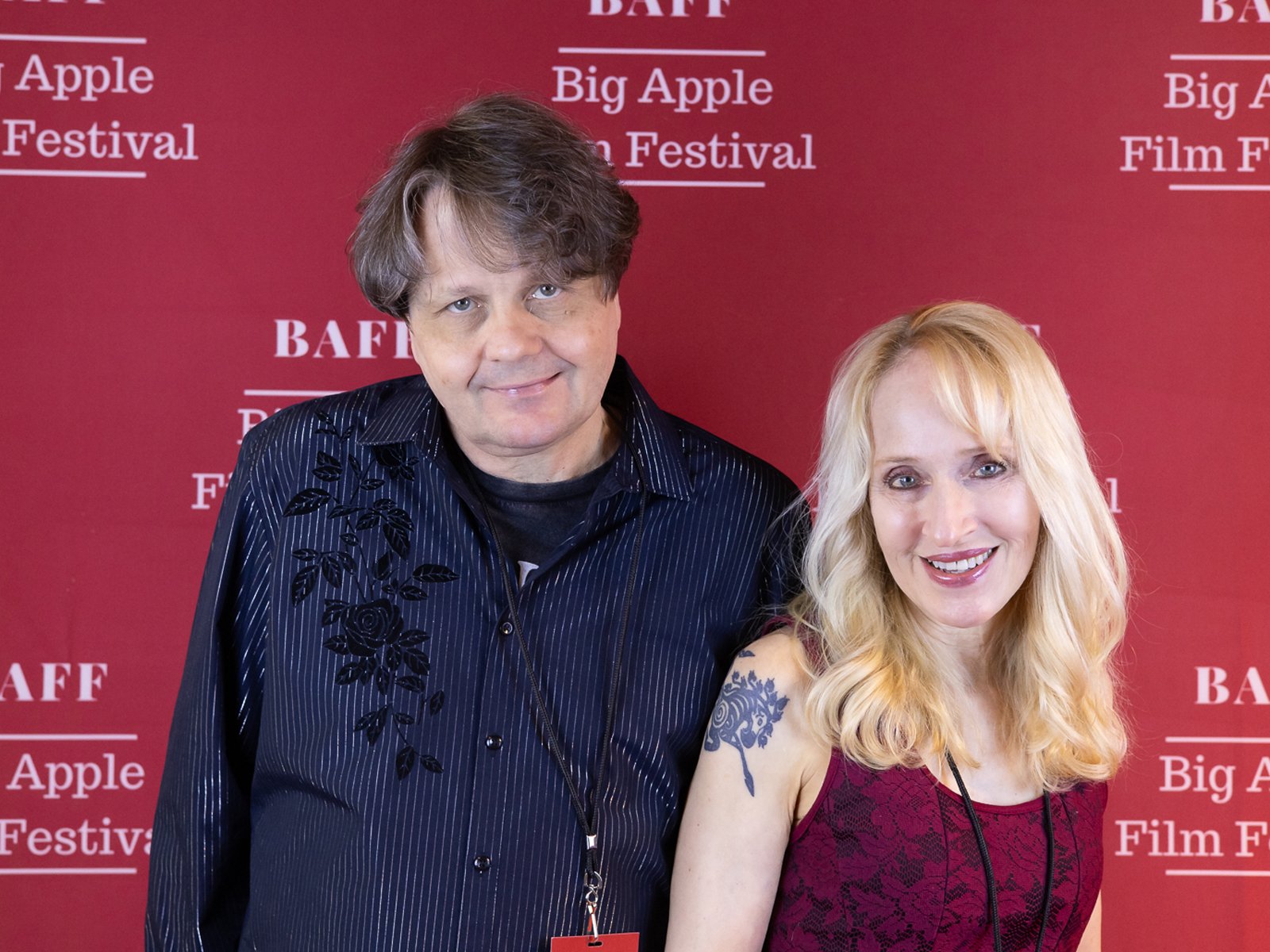
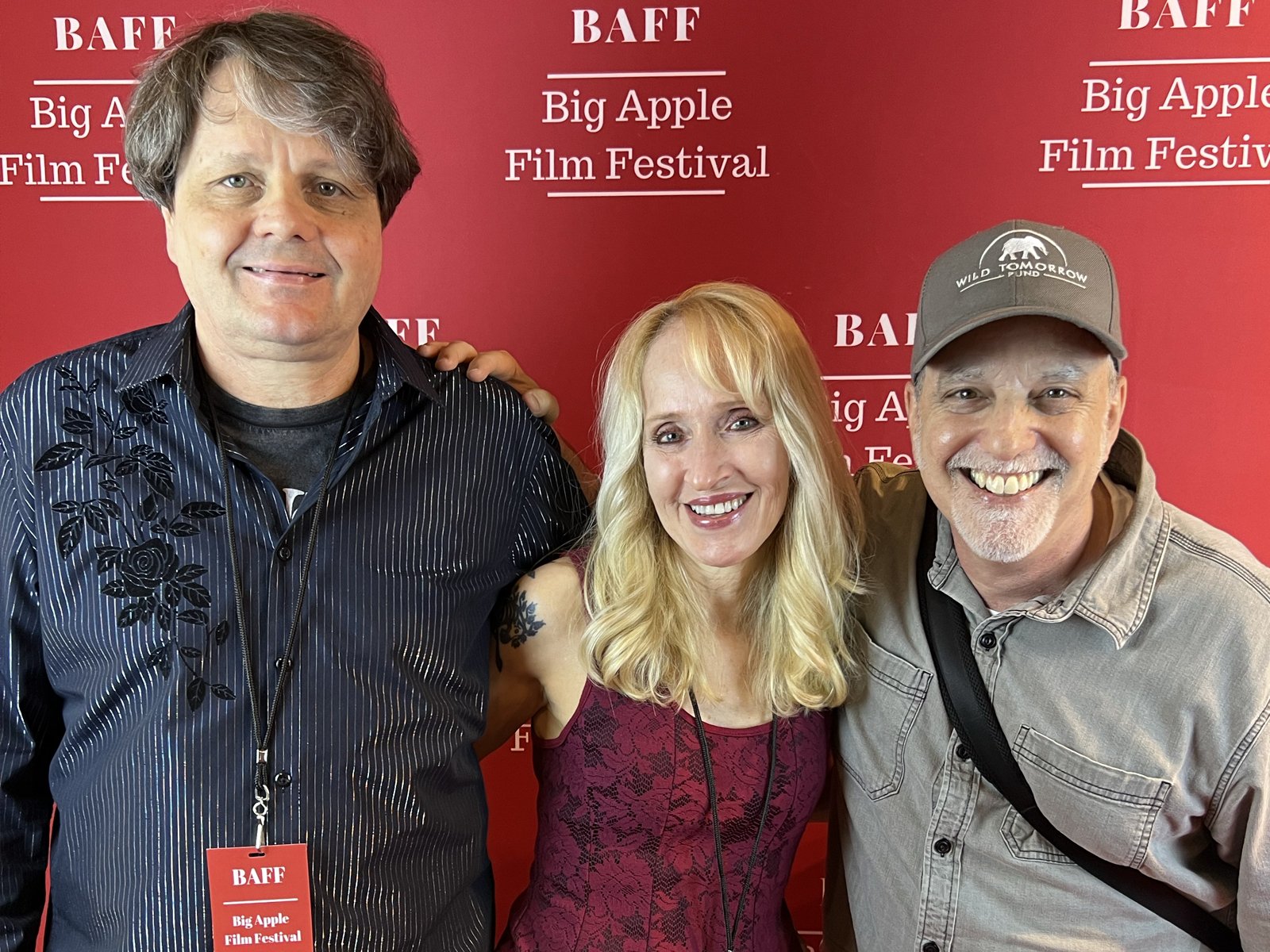
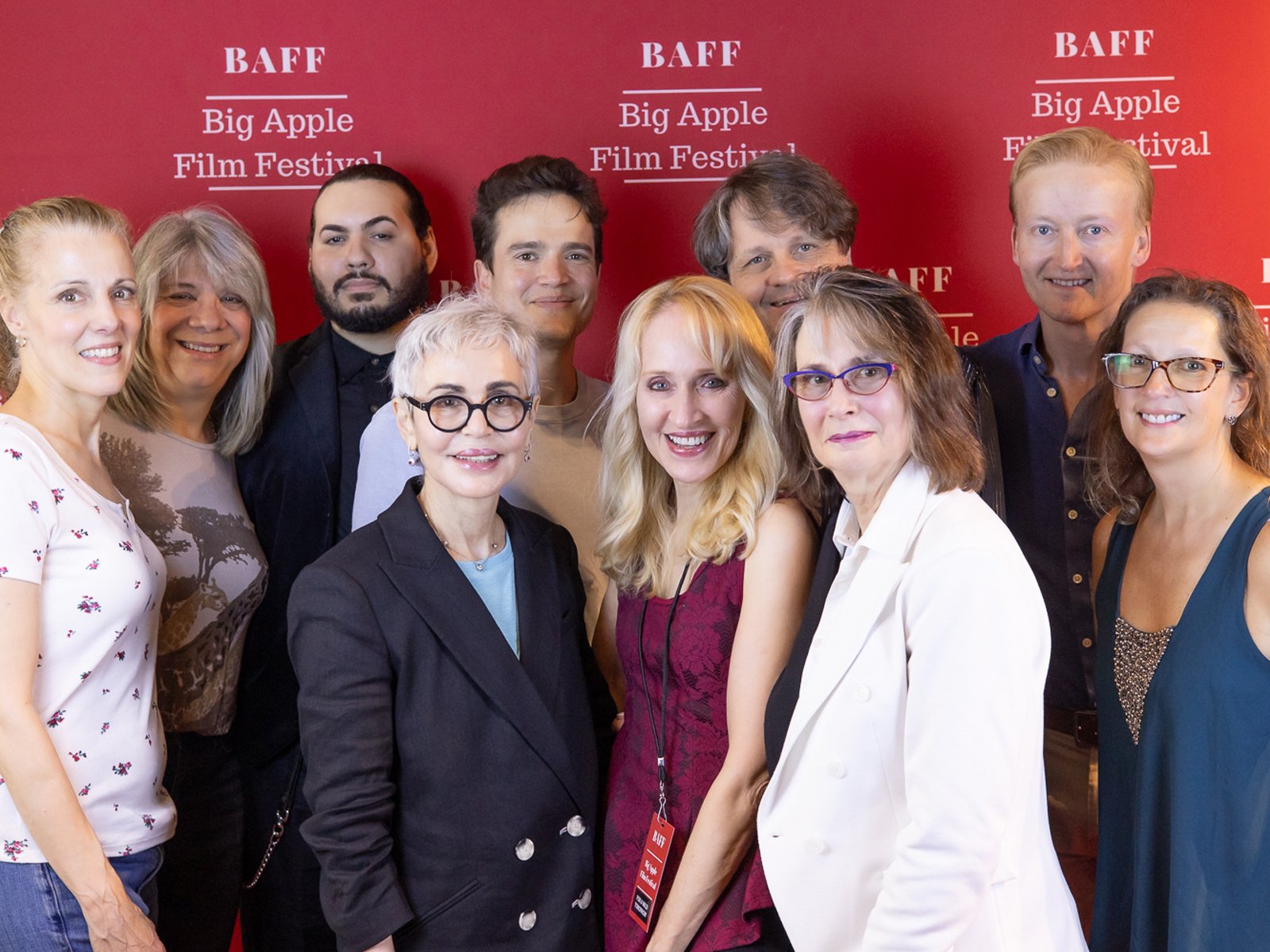
How did your perspective on conservation evolve through the process of making this film?
This was a sobering process during filming as to the depth of just how much our ecosystem and therefore our future lives are at stake. We can do something about it if we are of a mind to, and I’m hoping more and more people begin to jump on the sustainability train.
What was it like working with the Wild Tomorrow team and seeing their work up close?
The Wild Tomorrow team was truly amazing. Their commitment and passion for what they do shines, and we wanted to try to capture that in the film. They bring hope and positive actions to the table and inspire us all to do better.
The documentary has been featured in numerous film festivals. What does the recognition mean to you?
We were selected for our New York City premiere, which took place in a West Side theater in April 2024, by the Big Apple Film Festival and we had a magical time releasing our “child” to the universe.
We were then given an Award of Excellence by the Nature Without Borders International Film Festival, and we were selected in November 2024 by the Big Syn International Film Festival in London (a United Nations Sustainable Development Goals festival), where For A Wild Tomorrow was screened.
I feel the most important thing we got out of this recognition (besides the “wow, cool” factor) was the fact that a lot of people are interested in what actions are being taken and the real impact possibilities of change.
What’s next for the Art As Air Project?
We have already traveled to the Faroe Islands last fall and completed a short documentary about the endangered indigenous horses and the people who are trying to save them with an ingenious Embryo Transplant Project involving surrogate mares. It is called Horses of Faroe and we are planning to release it this year, along with another short closer to home called Subway Therapy which is in the works.
Subway Therapy is about a project of the same name by creator Matt Chavez who put sticky notes and writing materials down in the 14th Street subway station in 2016 and where 50,000 people then wrote about how they were feeling. He’s been doing that again this year and we were able to interview him about his inspiration. After that, more to come!
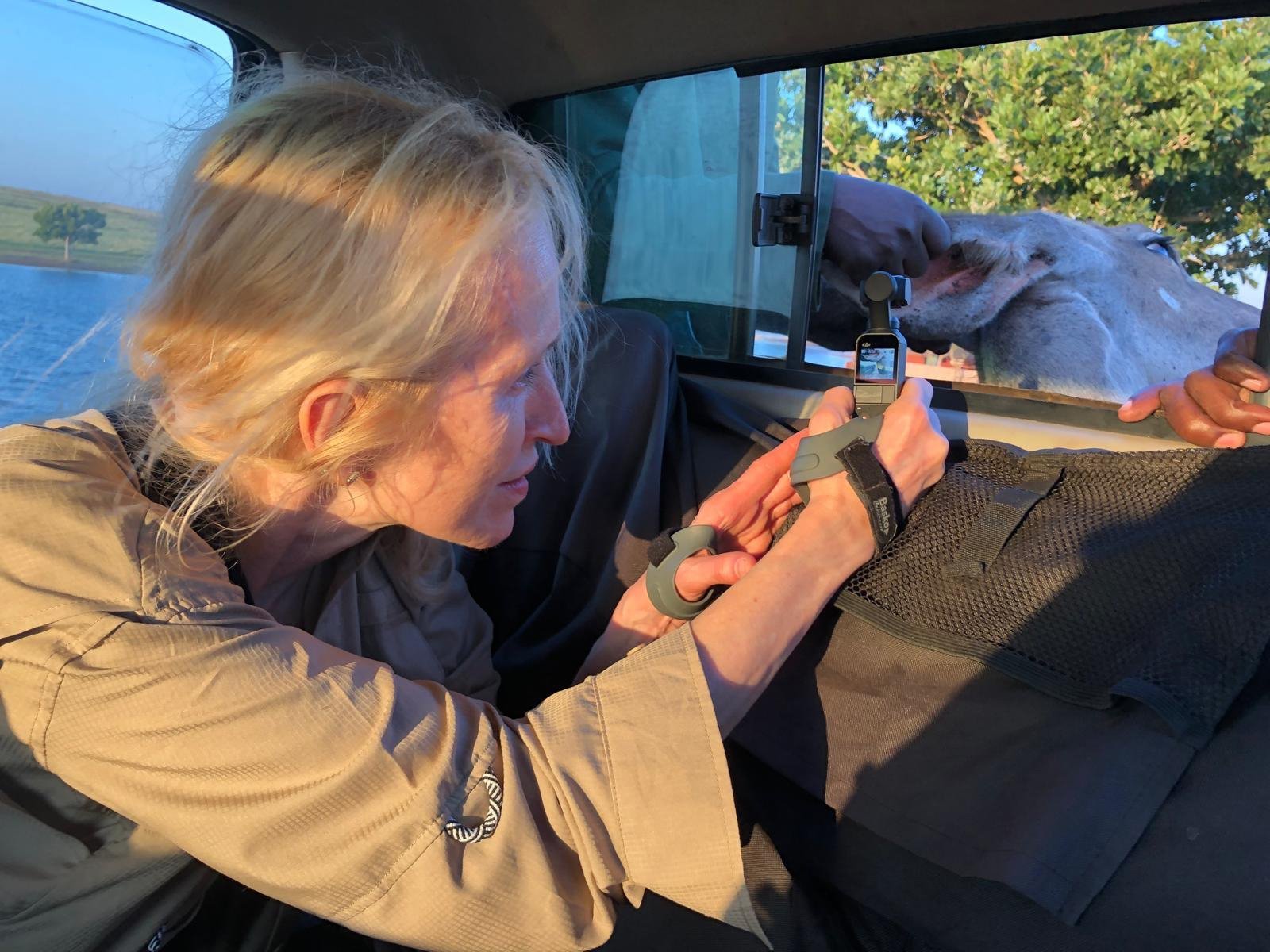
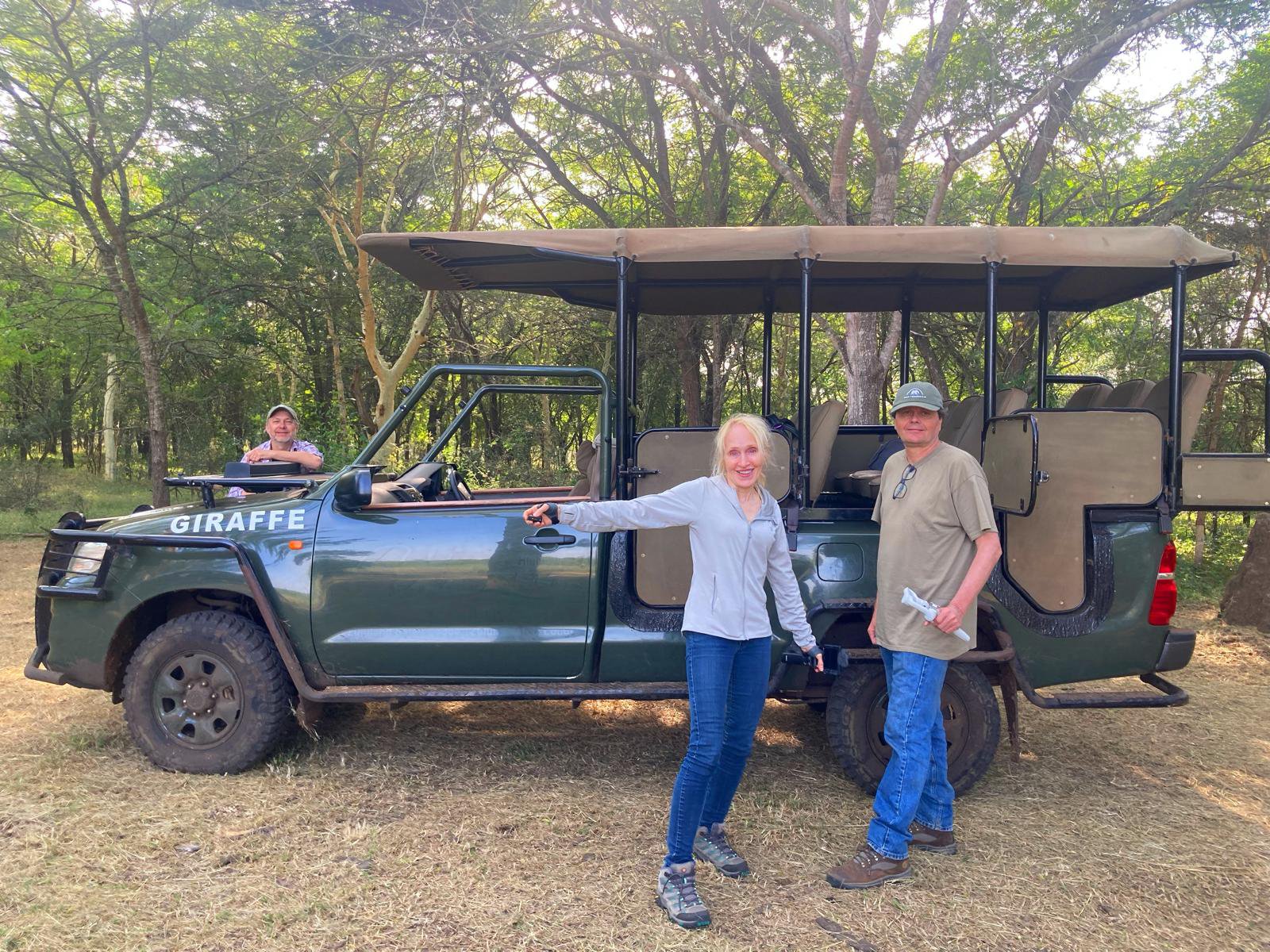
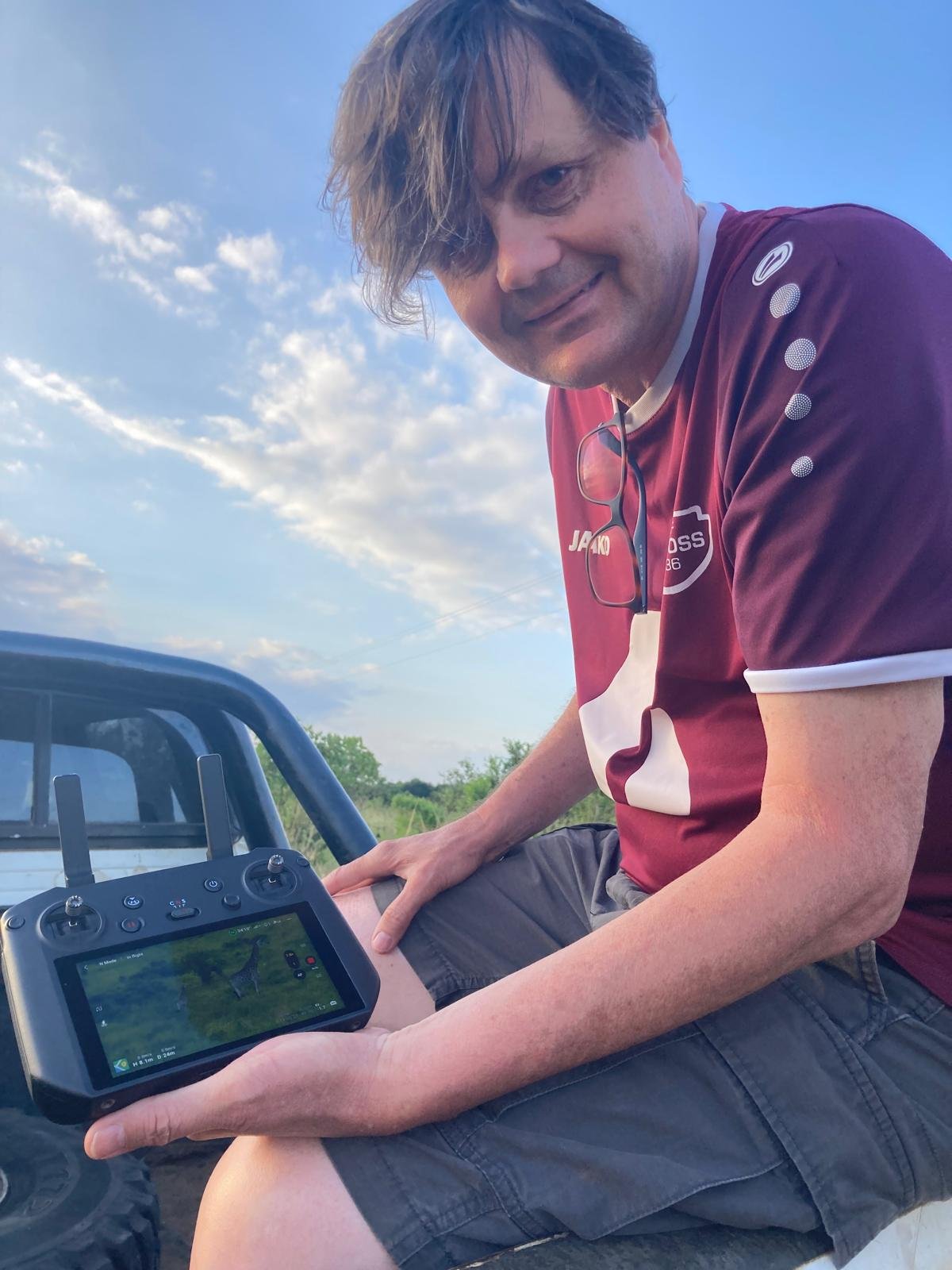
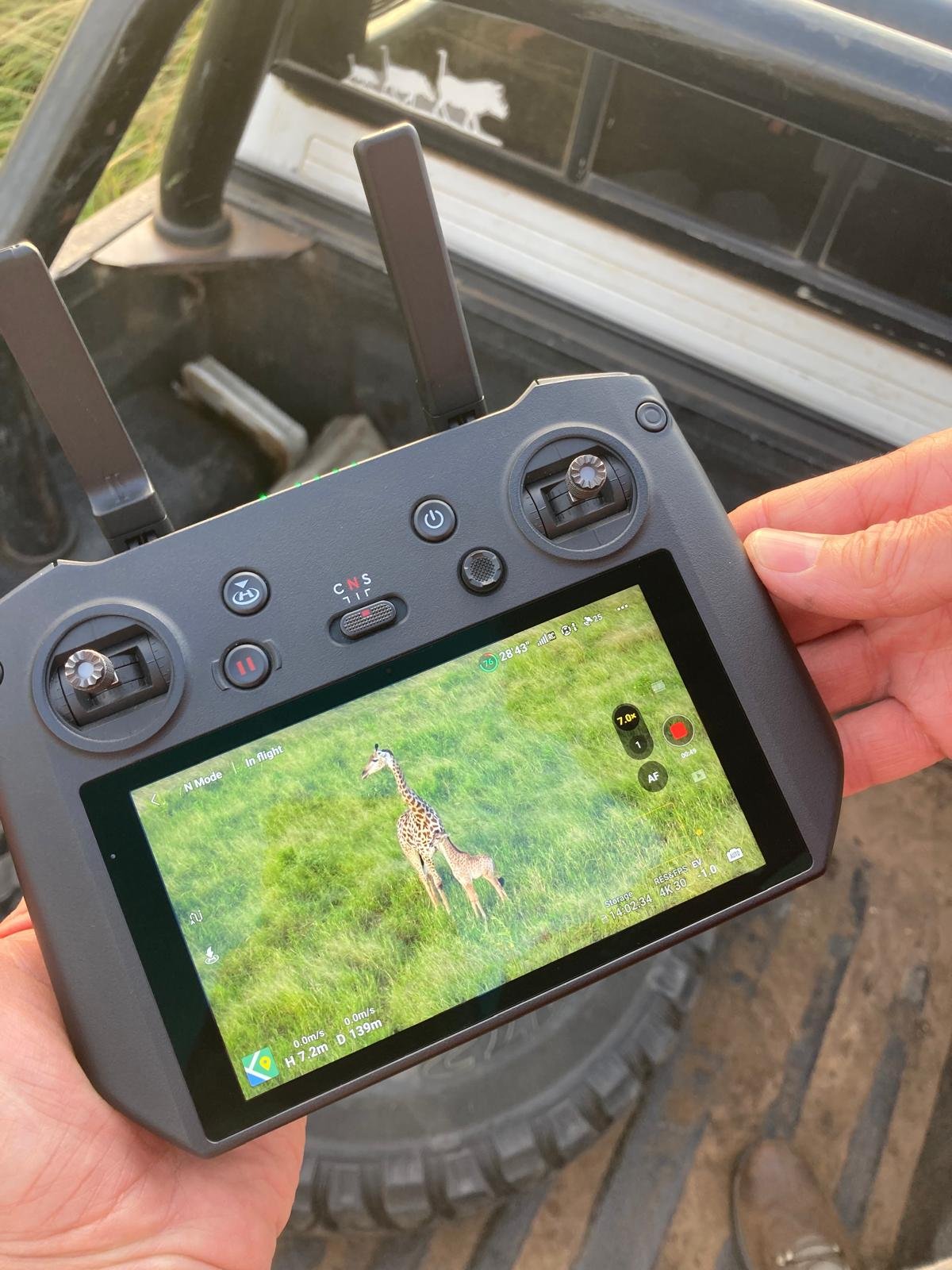
How can viewers get involved or support the causes highlighted in the documentary?
The most obvious answer is to donate to and support the causes of Wild Tomorrow! You can also support other organizations that they partner with, like Wildlife Defense, who have led poaching crime scene investigation training courses for wildlife rangers on Wild Tomorrow’s nature reserve, Hluhluwe Imfolozi Park’s anti-poaching K9 unit, which Wild Tomorrow has helped to fund. Wild Tomorrow also sponsors rhino dehorning across KwaZulu-Natal and donates to feed local schools and communities.
One of the ways to gain personal and up-close experience with the actual nature and processes is to be a volunteer on one of the many trips to South Africa that Wild Tomorrow offers... There’s nothing like the feeling at the end of the day knowing you helped to build a vegetable garden for school children!
What has been the most rewarding feedback you’ve received about the film so far?
Martin and I are so grateful for the outpouring of positive reviews and feedback we’ve gotten since the release, especially from those commenting on Amazon after watching. Review titles like “a compelling wake-up call,” “fantastic informative documentary” and “so worthwhile” let us know we are on the right track.
Are there any personal stories or moments from the filming process that left a lasting impact on you?
The challenges of filming in rural South Africa surpassed when we had to hike over rough terrain for many miles to get up close to an erupting volcano for Fire & Iceland. For A Wild Tomorrow was our most difficult shoot logistically. With load shedding (rolling blackouts) making charging our equipment a challenge and staying in an environment that was full of nature that we were completely unused to (refer to my earlier “we’re spoiled” comment), we were constantly assessing on the fly and planning how and what to film.
One of my favorite things was going on game drives to see some of the most magnificent animals and get purely into photography mode again. Sunsets in Africa are legendary as we now know firsthand, and I’ve never seen a night sky complete with the Milky Way as vibrant and as beautiful as it was there.
We will leave you with this: our filming experience was one-of-a-kind and unforgettable, full of beauty, majesty, things we never expected, and so many discoveries, along with the harsh realities of where we could be headed on our finite planet. But, above all, and most important is hope, hope that through our actions from this day going forward we can change our course for a more sustainable future!
Giraffe at Ukuwela. Shot by April while on location filming For a Wild Tomorrow
